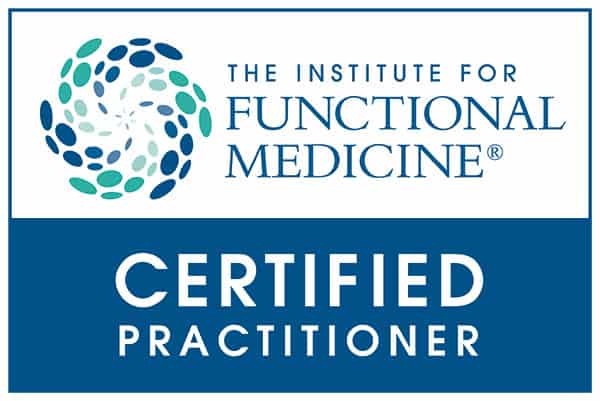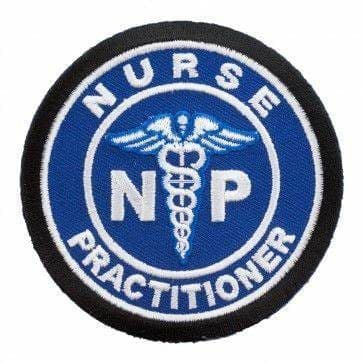
by Dr Alex Jimenez DC, APRN, FNP-BC, CFMP, IFMCP | Natural Health, Wellness
A new enzyme pill could be a game changer for gluten-sensitive people, according to the authors of a new study.
The enzyme breaks down gluten in the stomach and prevents most of it from reaching the small intestine. So it could allow gluten-sensitive people to eat small amounts of the protein (found in wheat and other grains) without suffering consequences such as bloating, diarrhea, and abdominal pain.
For the study, the researchers tested the effects of an enzyme called aspergillus niger-derived prolyl endoprotease (AN-PEP) in 18 patients with gluten sensitivity. Each participant ate a serving of oatmeal with two gluten-containing wheat cookies along with either a high- or low-dose of AN-PEP or a placebo pill.
Researchers then measured gluten levels in the stomach and small intestine over a three-hour period.
In both the high- and low-dose AN-PEP groups, the researchers found that AN-PEP reduced levels of gluten in the stomach by 85 percent compared to placebo.
They also found that the enzyme reduced gluten levels in the duodenum (the first part of the small intestine) by 81 percent in the high-dose group and by 87 percent in the low-dose group.
The findings were presented at Digestive Disease Week 2017, the largest international gathering of experts from the fields of gastroenterology, endoscopy, hepatology, and gastrointestinal surgery.
“This substance allows gluten-sensitive patients to feel safer, for example, when they are out with friends at a restaurant and can’t be sure whether something is 100 percent gluten-free,” says Dr. Julia König, Ph.D., the study’s lead author and post-doctoral research fellow at the School of Medical Sciences at University of Örebro, Sweden.
“Since even small amounts of gluten can affect gluten-sensitive patients, this supplement can play an important role in addressing the residual gluten that is often the cause of uncomfortable symptoms.”
Previous research has demonstrated that AN-PEP can break down gluten when it is combined with a liquid meal and administered through a feeding tube. The new study is the first to study the effects of AN-PEP tablet in combination with a normal meal.
“Studies show that even when following a gluten-free diet, unintentional gluten intake can still occur, depending on how strict a gluten-free dieter is,” says König.
“Our results suggest that this enzyme can potentially reduce the side effects that occur when gluten-sensitive individuals accidentally eat a little gluten. We are not suggesting that AN-PEP will give these individuals the ability to eat pizza or pasta, sources of large amounts of gluten, but it might make them feel better if they mistakenly ingest gluten.”
Gluten is a protein found in grains such as wheat, rye, and barley, as well as medicines, vitamins, and supplements.
In addition to gastrointestinal problems, gluten sensitivity is associated with symptoms such as fatigue, muscle cramps, and leg numbness.
Despite some similarities, gluten sensitivity is different from celiac disease, a serious, inherited auto-immune disorder caused by gluten exposure. Unlike people with celiac disease, those with gluten sensitivity do not develop gluten antibodies and their immune systems do not mistakenly attack and damage their small intestines.
According to the National Foundation for Celiac Awareness, about 18 million Americans are affected by non-celiac gluten sensitivity, also known as gluten intolerance.
Gluten sensitivity is poorly understood. Because there are no specific tests to diagnose the condition, doctors must rule out other possible causes of a patient’s symptoms such as celiac disease and wheat allergy.
To confirm gluten sensitivity, doctors usually place patients on a diet that eliminates gluten to see if their symptoms improve. This is followed by an “open challenge” (a monitored reintroduction of gluten-containing foods) to see if their symptoms worsen.
König notes that her team did not test the enzyme on celiac disease patients, because even small amounts of gluten can cause long-term harm in these individuals.
Because of that, she does not recommend celiac patients view this enzyme as a way to start eating any gluten.
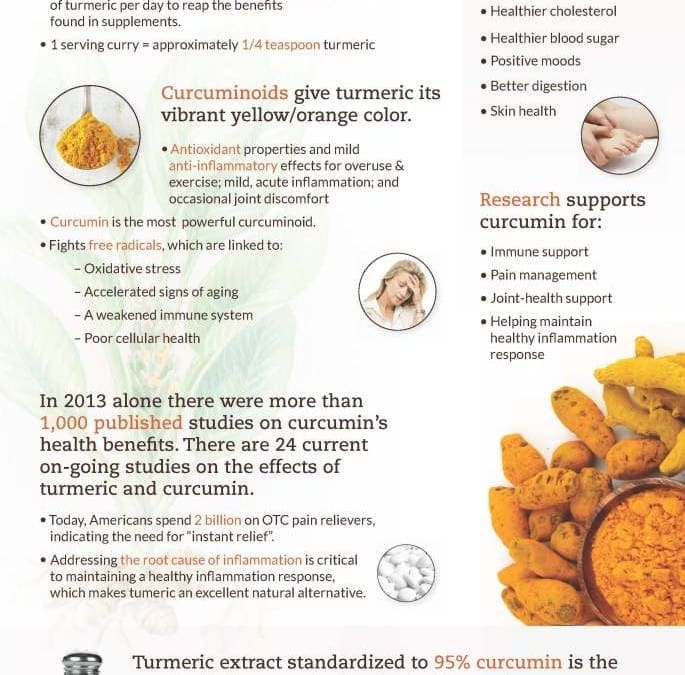
by Dr Alex Jimenez DC, APRN, FNP-BC, CFMP, IFMCP | Turmeric
Turmeric is native to India and Southeast Asia. In India, turmeric has been used in Ayurvedic medicines due to its therapeutic properties,�as a disinfectant and treatment for laryngitis, bronchitis, and diabetes. Turmeric is derived from the rhizomes (underground stems) of the plant Curcuma longa, a member of the ginger family.
Curcumin is the most active constituent of turmeric, making up between 2-6%�of this spice. It�has powerful antioxidant and anti-inflammatory properties.
The major constituents of turmeric includes:
- Essential oils such as cineole, termerone and cymene
- Curcuminoids such as curcumin and desmethoxycurcumin
- Important body minerals such as potassium, manganese, copper, iron, zinc and magnesium
- Vitamins B3, B6, C, E and K
- Soluble and insoluble dietary fiber
Turmeric is used�for inflammatory disorders, including arthritis, tendonitis, and autoimmune conditions. Take 400-600mg of turmeric extract 3�times per day or as directed on the product label. Look for products standardized for 95% curcuminoids. Neither curcumin nor turmeric taken orally is well absorbed unless taken with black pepper or piperine. When shopping for supplements, make sure that the one you choose contains black pepper extract or piperine. Be patient when taking turmeric supplements, the full benefits may not be apparent for eight weeks.
Some health benefits of�turmeric:
-
Chronic Inflammation�and Pain
In 2009, a study was published in the Journal of Alternative and Complimentary Medicine, which compared the pain relieving effects of curcumin (the active ingredient in turmeric) and ibuprofen. It was found that the curcumin provided equally effective or better results as the ibuprofen. In�2006, a study showed turmeric was more effective at preventing joint inflammation and�reducing joint inflammation than NSAIDS.
-
Rheumatoid Arthritis
Due to its high anti-inflammatory properties, turmeric is highly effective at helping people manage rheumatoid arthritis (RA). A recent study out of Japan evaluated its relationship with interleukin (IL)-6, the inflammatory cytokine known to be involved in the RA process, and discovered that curcumin �significantly reduced� these inflammatory markers. This suggests that regular turmeric use could be a potent strategy to prevent the onset of RA from developing.� In�2010 a clinical trial found that a turmeric supplement called Meriva (standardized to 75 percent curcumin combined with phosphatidylcholine) provided long-term improvement in pain and function in 100 patients with knee OA.
-
Depression
Researchers from the Government Medical College (Bhavnagar, Gujarat, India) published the results of the first study this past April to evaluate curcumin�s ability to�manage depression�in a controlled setting. Taking 60 volunteers diagnosed with major depressive disorder (MDD) and diving the group to determine how patients treated by curcumin compared against fluoxetine (Prozac) and a combination of the two, researchers�discovered that that the principal curcuminoid in turmeric is not only as effective as Prozac in managing depression but that it doesn�t carry with it all the dangerous side effects found with�anti-depressive drugs. According to the paper, �This study provides�first clinical evidence�that curcumin may be used as an effective and safe modality for treatment in patients with MDD.�
-
Diabetes
Turmeric is�shown to lower blood glucose levels and reverse insulin resistance. For instance, an article published in Biochemistry and Biophysical Research Communications�shared�a study out of Auburn University that discovered curcumin suppresses glucose production in the liver. Fascinatingly, researchers proved that it�s actually 400 times more potent than Metformin (a common diabetes drug) in activating AMPK and its downstream target acetyl-CoA carboxylase (ACC). Turmeric acted�as an anti-diabetic and antioxidant in diabetes, especially�type 1 diabetes, improved metabolic function and reduced the risk of plaque buildup in the arteries of type 2 diabetes patients.
-
Cancer
Recent studies show�turmeric is a powerful adversary to cancer. Curcumin shows a marked ability to inhibit cancer cell growth, boost antioxidant levels and the immune system, and kill cancer cells. It seems to work on improving mitochondrial function at a cellular level, and it improves metabolism. Even against drug-resistant strains of leukemia, curcumin caused cell death of cancer cells.
-
Skin and Aging
Turmeric has many healing properties for skin. It�s a natural anti-inflammatory so it reduces redness or other skin irritations. It�s antibacterial, so it�s great for blemishes, acne and skin balance. Turmeric is wonderful at improving the texture of the skin because it is an exfoliant but also rich in antioxidants. It�s a wonderful natural treatment inside and out!
-
Brain Health and Memory
By taking turmeric, you can improve the oxygen intake of the brain, which helps in all of the brain�s functions and processes. Turmeric is extremely healing for the brain and for increasing memory function. Not surprisingly, when your brain functions at its best, then you increase the uptake�of hormones, such as seratonin and melatonin. So, by healing the basic functioning of the brain, you can also heal other mental illnesses.
-
Cholesterol
According to a study published in the Journal Atherosclerosis on 2004, it was noted that turmeric extract can be used to help reduce the susceptibility of LDL cholesterol to oxidation, an all important step in the development of heart disease and atherosclerosis. In an experiment, controlled dosages of turmeric were fed to hypercholesterolemia rabbits and the effects on LDL oxidation analyzed. The experiment found that turmeric efficiently extracts and reduces the levels of cholesterol in the blood along with the prevalence of atherosclerosis with time.
In 2005, a study published in the Medical Science Monitor titled the International Medical Journal of Experimental and Clinical Research investigated the antioxidant and hypolipidemic benefits of curcumin in rats. The researchers induced hypercholesterolemia in the rats by feeding them with a high-cholesterol rich diet for 7 days. They then later added 0.5% curcumin to the animals� diet. The study results showed; reduced serum total cholesterol by 21%, reduced serum LDL cholesterol by 42.5%, and increased serum HDL cholesterol by 50%. The researchers concluded that curcumin in turmeric is the phytochemical responsible for the reduction of cholesterol levels. Additionally, they noted that curcumin reduced the levels of lip by interfering with the metabolism, absorption and excretion of cholesterol rather than by antioxidant mechanisms. An earlier study published in the Journal of Nutrition in 1970 had reached similar conclusions. The researchers determined that the cholesterol-lowering effect by curcumin was as a result of increased fecal excretion of bile acids and cholesterol.
A study published in 2006 on the Journal of Nutritional Biochemistry sought to study the effects of curcumin on human liver cell line. The researchers showed that the effect of curcumin on cholesterol metabolism extends deep to the genetic levels. By treating human liver cells with curcumin, the researchers were able to show that turmeric phytochemical raised the LD-receptor mRNA seven times. This shows that curcumin raises the up-take of cholesterol by the liver and thus helps with its removal from the plasma. Therefore, by increasing the population of LDL receptors in the liver, curcumin hastens the break-down of LDL cholesterol.
Things to keep in mind
Avoid consuming�turmeric if you have gallstones or bile duct dysfunction. Consult your doctor if you are pregnant or taking medication. Piperine can slow the elimination of some prescription drugs including phenytoin (Dilantin), propranolol (Inderal), and theophylline. Some evidence also suggests that curcumin can interfere with certain chemotherapy drugs used to treat breast cancer, so if you�re being treated for this disease, be sure to discuss the advisability of taking curcumin with your physician.�Turmeric may interfere with anti-coagulants like aspirin, clopidogrel and warfarin. It also can affect medications such as nonsteroidal anti-inflammatory drugs (NSAIDs).
References:
https://selfhacked.com/2016/03/14/curcumin-cures-top-15-scientifically-proven-health-benefits-with-references/
http://www.healthbeckon.com/turmeric-benefits/

by Dr Alex Jimenez DC, APRN, FNP-BC, CFMP, IFMCP | Posture
Dr. Alex Jimenez takes a look at new concepts on posture and sitting. �Fact: Sitting is the new smoking. �It is highly destructive to the body on many levels. �
Here are some good choices that may assist in reducing postural issues as a result of prolonged sitting.
15 Best Active Sitting Chairs For Better Posture, Productivity And | Source: hobbr.com
Best Office Chair For Posture Home Design Ideas | Source: drgulas.com
Office Chair Back Exercises. Chic Fabulous Office Chairs Design | Source: stormicus.com

13 Best Office Chairs Of 2017 (Affordable To Ergonomic) �? Gear Patrol | Source: gearpatrol.com
Top Good Posture Chairs With BEST OFFICE CHAIR FOR POSTURE OFFICE | Source: juuj.org

What Are The Best Office Chairs For Lower Back Pain? – Quora | Source: quora.com

13 Best Office Chairs Of 2017 (Affordable To Ergonomic) �? Gear Patrol | Source: gearpatrol.com
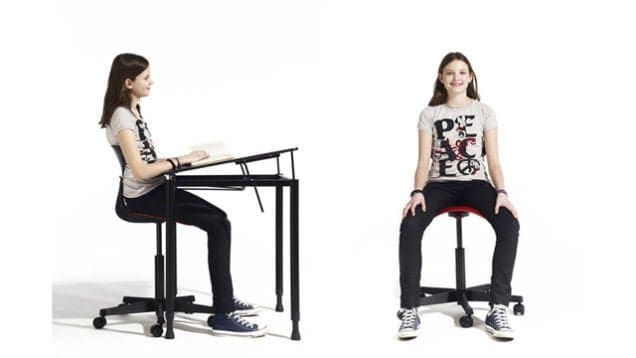
Top Good Posture Chairs With BEST OFFICE CHAIR FOR POSTURE OFFICE | Source: juuj.org

Best Office Chair Reviews 2017 + (Ergonomic Desk Chair Buying Tips) | Source: comfyoffices.com

Best Office Chair For Posture Chair Design Idea | Source: thechairs.us
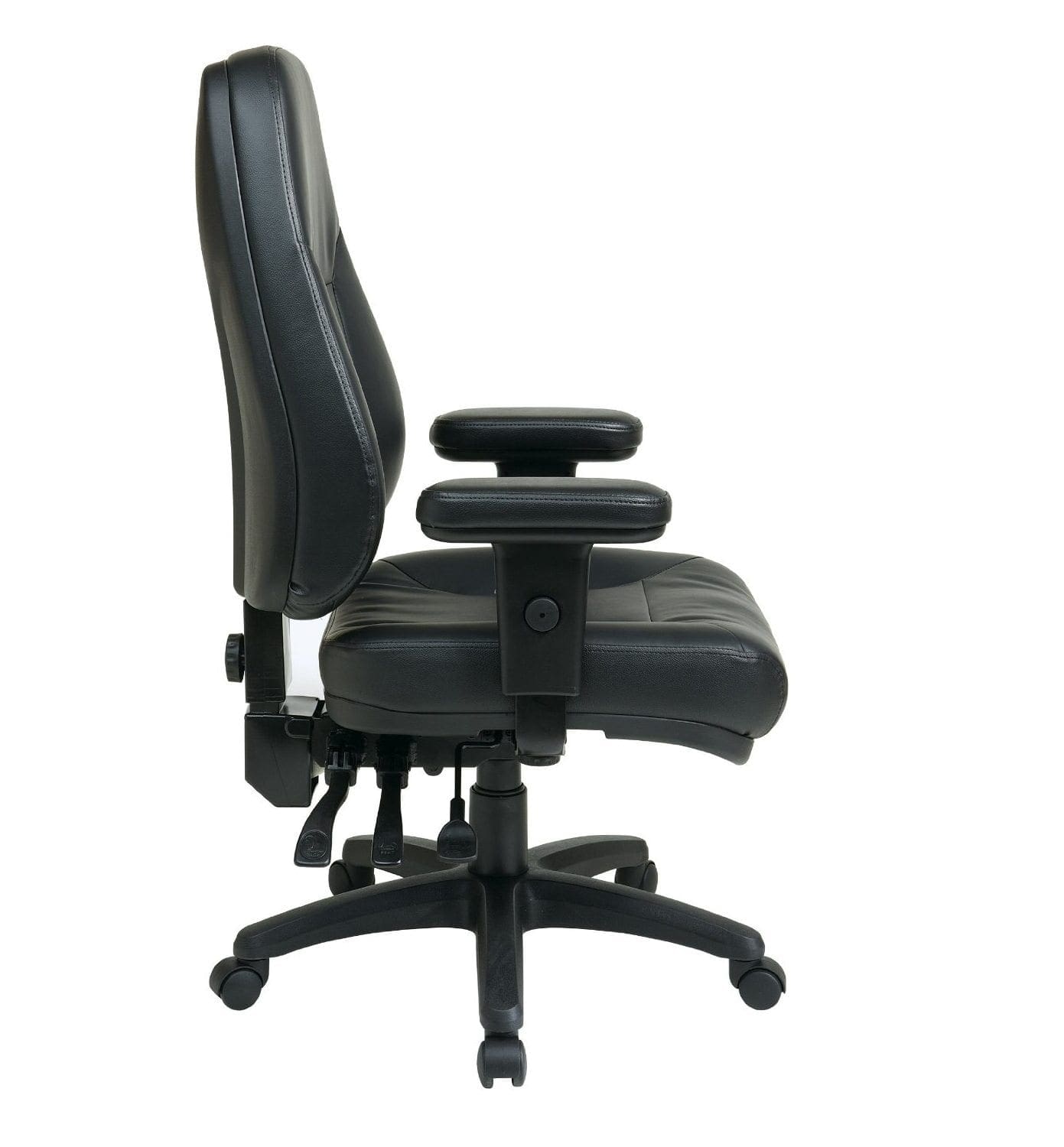
Best Office Chair For Posture �? Cryomats.org | Source: cryomats.org

7 Of The Best Ergonomic Kneeling Chairs For The Money – The People | Source: thepeople.co.ke
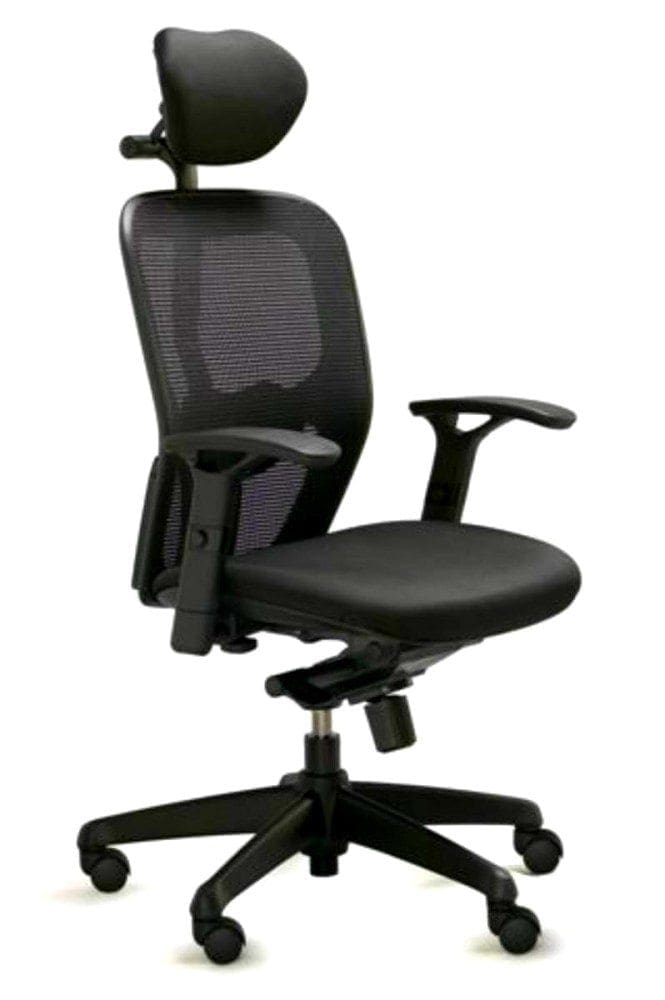
Best Office Chair For Posture Home Design Ideas | Source: drgulas.com
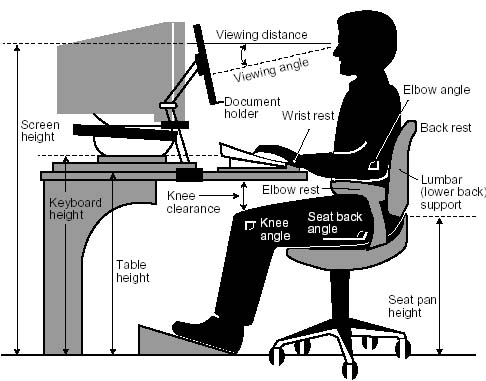
Best Ergonomic Office Chairs Under 200 Dollars – Online Fanatic | Source: onlinefanatic.com
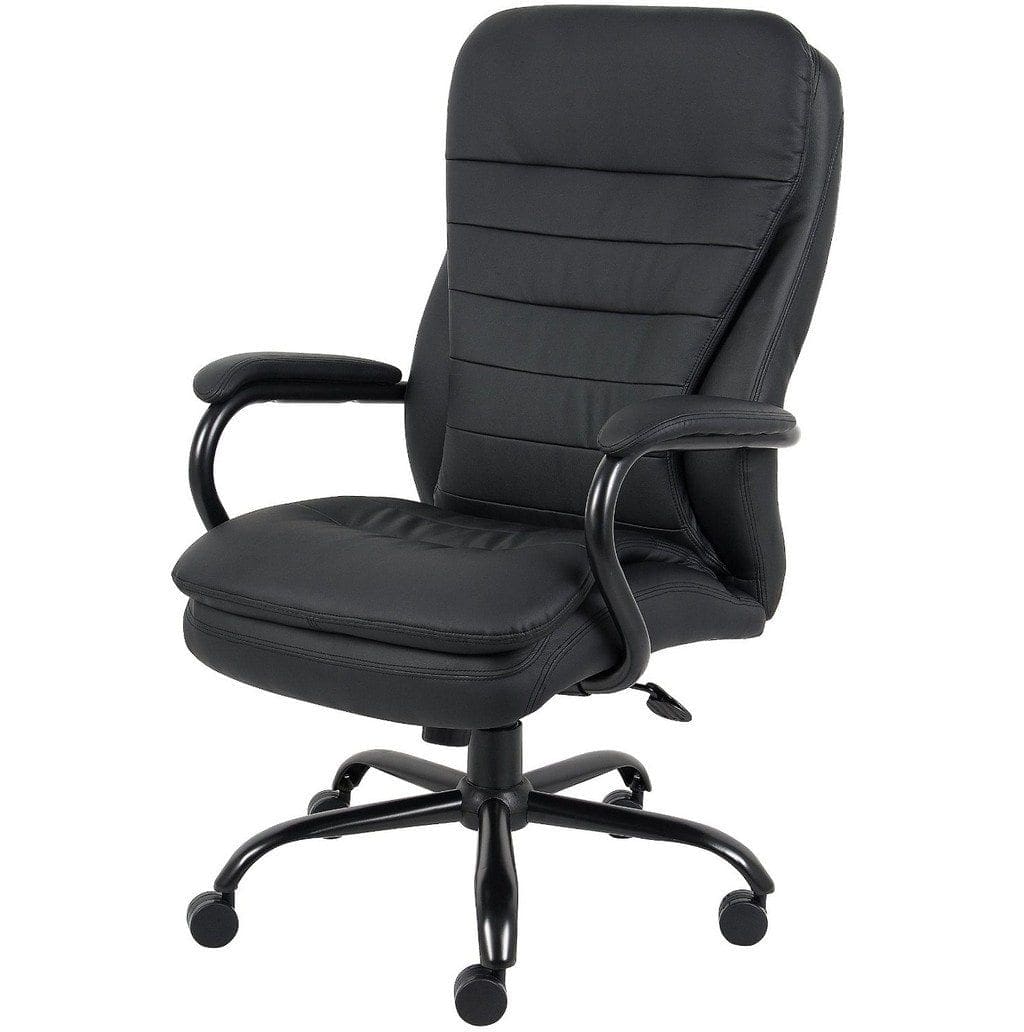
Best Office Chair For Posture P50 Chair Design Idea | Source: thechairs.us
Related to Best Chair For Posture

by Dr Alex Jimenez DC, APRN, FNP-BC, CFMP, IFMCP | Fitness, Health, Wellness
This article originally appeared on Time.com.
Compression tights are the latest in athletic performance wear, and some runners swear they improve their performance by helping them to run longer, faster and even recover more quickly with less soreness. But does science back up those beliefs?
In a study presented at the American College of Sports Medicine�s annual meeting, researchers put the latest compression-wear to the test. In a study funded by Nike, Ajit Chaudhari, from the physical therapy department at Ohio State University, and his colleagues tested two prototype compression tights provided by the company. Nearly 20 experienced male distance runners agreed to run at nearly their maximum ability wearing three different outfits: running shorts, low-compression tights and high-compression tights. The high-compression gear was the most compression allowed before being classified as a medical device (which is how some compression socks designed to treat circulation conditions are categorized.)
RELATED: Dead Butt Syndrome Is One More Reason You Shouldn�t Sit All Day
Because compression tights are supposed to keep muscles from vibrating too much�the oscillation is what experts believe causes muscle fatigue and damage to fibers�Chaudhari also measured how much vibration the runners� leg muscles experienced by using special reflectors that could record even the smallest movements. To see how the different outfits affected the runners� performance, the researchers also measured the strength of leg muscles and asked the runners to jump as high as they could before and after the 30-minute run.
It turns out that there were no changes in the runners� jump height or strength whether they wore the running shorts, the low-compression or the high-compression tights. �What we found, when we tested them after a 30-minute high intensity run, was that we don�t see any real effects of the compression tights,� says Chaudhari. �I would say that it�s one strike against expecting improvement in performance from compression tights. We don�t see any evidence that they result in improvement in performance, so for someone who is wearing the tights specifically to try to improve performance, I�d say there isn�t any evidence that they are worth the time or money.�
RELATED: 3 Strength Moves You Probably Aren’t Doing�But Should Be
In a statement, Nike said: �Our goal is to better understand all aspects of human performance. The effect of compression products on performance is one of many areas we study and an area that is often studied by other researchers. The Ohio State University study, which focused on 17 athletes for up to 30 minutes per athlete, produced an interesting data point that delivered an additional perspective on the study of compression tights. Our role is to take athlete feedback and data from studies like this to develop world-class products for athletes at every level.�
Muscle fatigue is one of the major drivers of injury. As their muscles get tired, runners tend to lose their form, and that�s when joints and muscles get misaligned and injuries can occur. Compression tights were thought to stave off that fatigue by keeping vibrations to a minimum, but that theory hadn�t really been tested.
These latest results suggest that compression tights may not be the answer to reducing fatigue. Chaudhari did document that the compression reduced vibration of the muscles; it�s just not clear that the reduction in vibration had any effect on fatigue. It�s possible, he says, that the 30 minutes of intense running wasn�t enough to bring the muscles in these experienced runners to the tiring point. But that�s unlikely, since the runners did start to breathe more heavily and experience faster heart rates, which indicated they were working harder. (Some of the runners couldn�t run for the entire 30 minutes at the heightened intensity.)
There may also be other reasons why people prefer compression tights. For some runners, the extra support helps them run longer or feel more comfortable, and that�s important to performance. They may also keep the legs warm, which some runners prefer.
�If they make you comfortable, they could help you run further,� Chaudhari says. �But if somebody is thinking, �gosh, I need to set personal records and I�ll use the tights because I believe they will help my performance,� you have to go in knowing that it�s kind of a shot in the dark.�

by Dr Alex Jimenez DC, APRN, FNP-BC, CFMP, IFMCP | Natural Health, Wellness
As we move into summer many of us will be heading outdoors to make the most of the longer, sunnier days. However, we’re not the only ones who like warm weather, and for those who might be planning a picnic the higher temperatures can provide the perfect environment for bacteria to thrive. To ensure your outdoor event is memorable for all the right reasons, here we’ve put together some tops tips for food safety when dining al fresco.
Marinate safely
Marinate foods in the refrigerator before you leave for your picnic — never on the way or outdoors. In addition, if you plan to use some of the marinade as a sauce on the cooked food, reserve a portion separately before adding the raw meat, poultry, or seafood — do not reuse marinade.
Keep cold food cold
When transporting your food from home to your destination, keep cold food stored at 40 °F / 4.5 °C and below to prevent bacterial growth. Place cold food in a cooler with ice or frozen gel packs, and remember that cold meat, poultry, and seafood may be packed while still frozen so that they stay colder longer.
Keep things clean
Wash all your produce before you leave, and once at the picnic site clean your table, any barbecue equipment, and utensils before and during food preparation. If you have access to running water, use a water jug, some soap, and paper towels, or use moist disposable towelettes for cleaning your hands.
Cook food thoroughly
If barbecuing, cook food thoroughly to kill germs that cause food poisoning, and serve food while it is hot. Never let your picnic food remain in the “Danger Zone” — between 40 °F / 4.5 °C and 140 °F / 60 °C — for more than 2 hours, or 1 hour if outdoor temperatures are above 90 °F / 32 °C. This is when bacteria in food can multiply rapidly, and lead to illness.
Prevent “cross-contamination”
Don’t reuse plates or utensils when serving food, as serving cooked food on plates that have held raw meat, poultry, or seafood will allow bacteria to spread. Instead, make sure you have packed enough plates and utensils or wash what you need in hot, soapy water before using.
Take care with leftovers
If you have leftover cooked food refrigerate it within two hours. Once home reheat leftover food thoroughly to above 167 °F / 75 °C before eating.
For more information on how to stay safe and healthy this summer head to the websites of the World Health Organization, the Centers for Disease Control and Prevention, and FDA.gov.
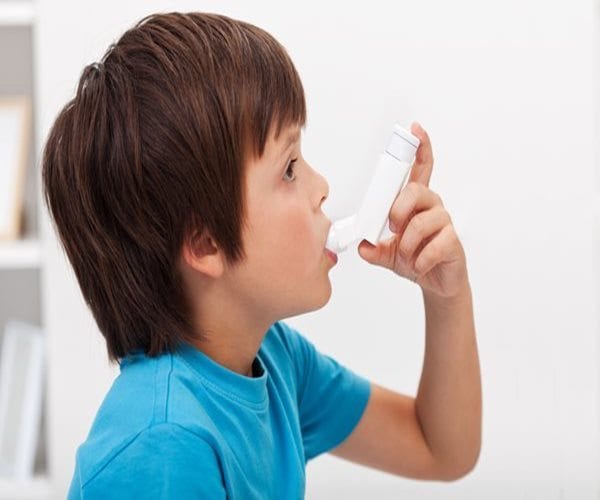
by Dr Alex Jimenez DC, APRN, FNP-BC, CFMP, IFMCP | Diets, Fitness, Pregnancy
Taking vitamin D supplements while pregnant may protect a mom’s baby from developing asthma, says a study published in the journal of Allergy and Clinical Immunology. The study found that the supplements could positively modify the immune system of the fetus and could protect it against asthma and respiratory infections.
Researchers from the U.K.’s King’s College London looked at the effect that taking a supplement of 4,400 IU vitamin D3 per day during the second and third trimesters of pregnancy versus the recommended daily intake (RDI) of 400 IU/day, had on the immune system of the newborn.
Volunteers were randomized at 10 to 18 weeks of pregnancy and given either a high or low dose of Vitamin D. At birth, blood was taken from the newborns’ umbilical cords and tested to gauge their innate immune system, which is the baby’s first line of defense to infection, and their T lymphocyte responses, which provide longer-lasting protection.
They discovered that blood samples from babies born to mothers supplemented with higher doses of vitamin D3 had stronger immune responses that protect newborns from infection. Since strong immune responses are associated with a decrease in the risk of developing asthma, researchers believe the babies will have better respiratory health during childhood.
“The majority of all asthma cases are diagnosed in early childhood implying that the origin of the disease stems in fetal and early life,” said lead researcher, Professor Catherine Hawrylowicz of King’s College London.
“Studies to date that have investigated links between vitamin D and immunity in the baby have been observational,” she said. “For the first time, we have shown that higher Vitamin D levels in pregnancy can effectively alter the immune response of the newborn baby, which could help to protect the child from developing asthma.”
Other recent studies have also found that nutritional substances can affect asthma. Scientists at the University of Rochester Medical Center found that omega-3 fatty acids, the healthy oils found in cold water fish and fish oil supplements, can help fight asthma. In addition, a New England Journal of Medicine study in late 2016 showed that pregnant women who ate fish or took fish oil supplements reduced the risk of asthma in their children.
Vitamin D during pregnancy has also been found to influence the risk of attention deficit hyperactive disorder (ADHD) as toddlers. Danish researchers studied the umbilical cords of infants, and asked moms to complete surveys noting their children’s behavior when they were two-and-a-half years old. Moms who had taken vitamin D when pregnant, and whose umbilical cords contained high levels, reported significantly fewer symptoms of ADHD in their children.
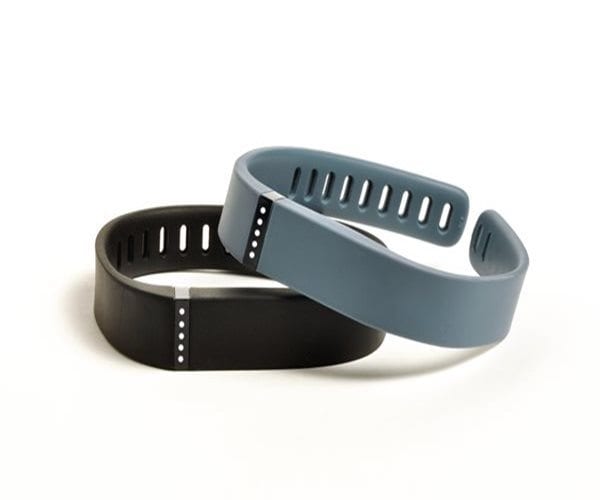
by Dr Alex Jimenez DC, APRN, FNP-BC, CFMP, IFMCP | Diets, Fitness
People who wear activity trackers to count the calories they’re burning are probably not getting accurate estimates, suggests a new study.
Researchers who tested seven popular activity trackers found that while heart rate measurements were generally accurate, none of the devices provided a reliable calorie count.
“At this point with this level of error, I would be wary of using that estimate to alter a calorie-controlled diet,” said senior author Dr. Euan Ashley, of Stanford University in California.
Patients “have been bringing data from these devices to us and some of us were using these devices ourselves,” Ashley told Reuters Health.
Because so little is known about the data’s accuracy, “We realized that we had to do our own study,” he said.
Ashley’s team recruited 60 healthy adults to test seven popular wrist-worn activity trackers: the Apple Watch, Basis Peak, Fitbit Surge, Microsoft Band, MIO Alpha 2, PulseOn and Samsung Gear S2.
Participants wore up to four devices at a time, and they also wore laboratory devices to measure heart rate and calories burned while sitting, walking, running and cycling.
All of the devices but one had an average heart rate error rate below 5 percent. The exception was the Samsung Gear S2, which had an error rate of 5.1 percent.
But for calculating energy expenditure – or calories burned – all of the devices had error rates above 25 percent. The Fitbit Surge had the lowest average error rate for calories burned at about 27 percent. The PulseOn had the highest at about 93 percent, according to a report in the Journal of Personalized Medicine.
Overall, the Apple Watch had the lowest error rates while the Samsung Gear S2 had the highest.
The researchers were surprised at the unreliability of the calorie counts.
The devices “were literally all over the map with error rates,” Ashley said.
Data tended to be less accurate for men, people with higher body weights and darker skin tones, and while walking.
Ashley’s team hopes the devices’ calorie counting technology will improve. “I think we’re all hopeful that as we move forward they will get better,” he said.
In a statement to Reuters Health, Fitbit said its trackers show an estimated total number of calories. “Fitbit uses a scientifically validated estimate of (basal metabolic rate) based on height, weight, age, and gender information that users provide when setting up their Fitbit account,” said the statement, which added that the measure also takes into account people’s heart rates.
“While the Mio ALPHA 2 was designed for the individuals focused on heart rate zone training, and not for all-day activity tracking, we agree that more accurate calorie estimation is important for the industry as a whole, since most individuals are monitoring calorie deficits for weight loss,” said Mark Gorelick, chief science officer at Mio Global, in a statement.
Markku Lankinen, who is head of operations for PulseOn Oy, said in an email that the researchers may not have adjusted the device specifically for each participant. “With PulseOn device, you would need to apply these user parameters in the application before exercising, and this seems not to have been done,” said Lankinen. “This causes the (energy expenditure) estimates to be badly off.”
Apple, Microsoft and Samsung did not provide comments for publication. All Basis Peak watches were recalled in 2016 due to overheating, according to its website.
Ashley’s team is currently conducting a study to test the accuracy of devices in the real world.
















